Tweens

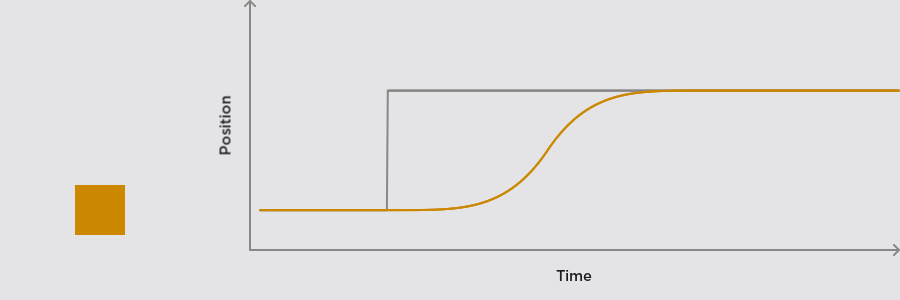
Tweens follow the value of other state objects using a pre-made animation curve. This can be used for basic, predictable animations.
Usage¶
To use Tween in your code, you first need to import it from the Fusion
module, so that you can refer to it by name:
1 2 | |
To create a new tween object, call the Tween function and pass it a state
object to move towards:
local goal = Value(0)
local animated = Tween(target)
The tween will smoothly follow the 'goal' state object over time. As with other
state objects, you can :get() its value at any time:
print(animated:get()) --> 0.26425...
To configure how the tween moves, you can provide a TweenInfo to change the shape of the animation curve. It's optional, and it can be a state object if desired:
local goal = Value(0)
local style = TweenInfo.new(0.5, Enum.EasingStyle.Quad)
local animated = Tween(target, style)
You can use many different kinds of values with tweens, not just numbers. Vectors, CFrames, Color3s, UDim2s and other number-based types are supported; each number inside the type is animated individually.
local goalPosition = Value(UDim2.new(0.5, 0, 0, 0))
local animated = Tween(target, TweenInfo.new(0.5, Enum.EasingStyle.Quad))
Time¶
The first parameter of TweenInfo is time. This specifies how long it should
take for the value to animate to the goal, in seconds.
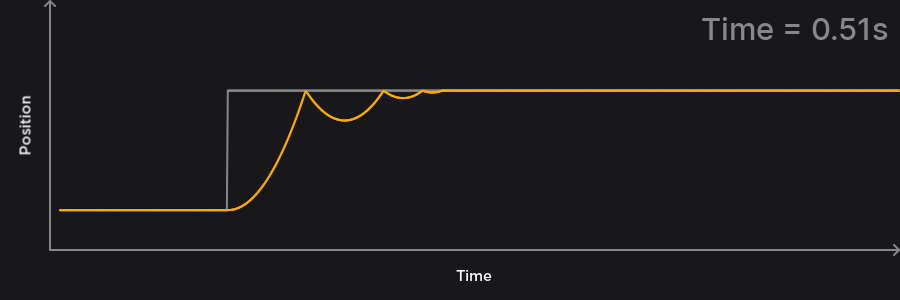

Easing Style¶
The second parameter of TweenInfo is easing style. By setting this to various
Enum.EasingStyle values, you can select different pre-made animation curves.
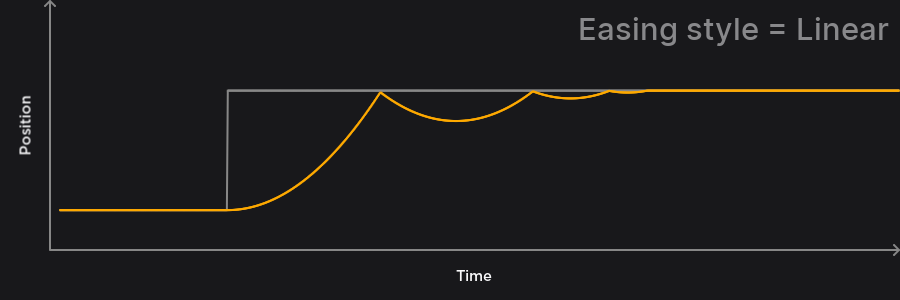

Easing Direction¶
The third parameter of TweenInfo is easing direction. This can be set to one
of three values to control how the tween starts and stops:
Enum.EasingDirection.Outmakes the tween animate out smoothly.Enum.EasingDirection.Inmakes the tween animate in smoothly.Enum.EasingDirection.InOutmakes the tween animate in and out smoothly.
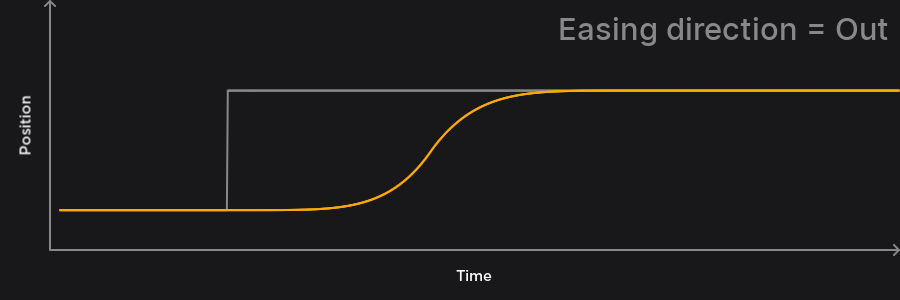
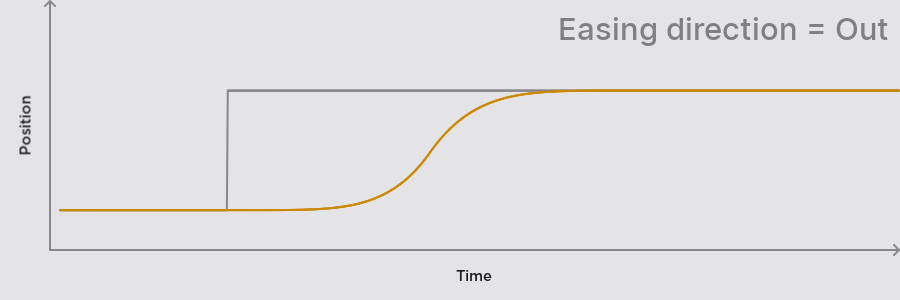
Repeats¶
The fourth parameter of TweenInfo is repeat count. This can be used to loop
the animation a number of times.
Setting the repeat count to a negative number causes it to loop infinitely. This is not generally useful for transition animations.


Reversing¶
The fifth parameter of TweenInfo is a reversing option. When enabled, the
animation will return to the starting point.
This is not typically useful because the animation doesn't end at the goal value, and might not end at the start value either if the animation is interrupted.
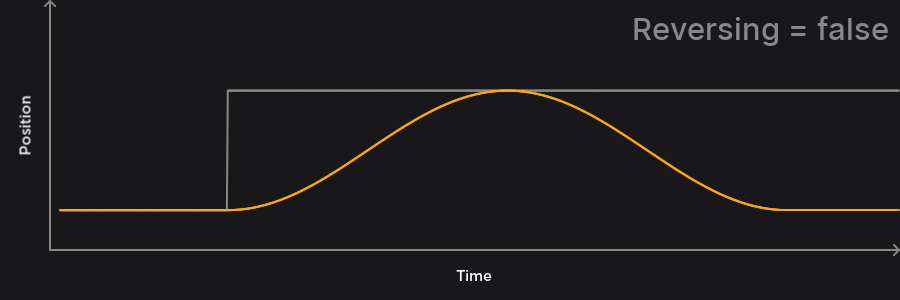
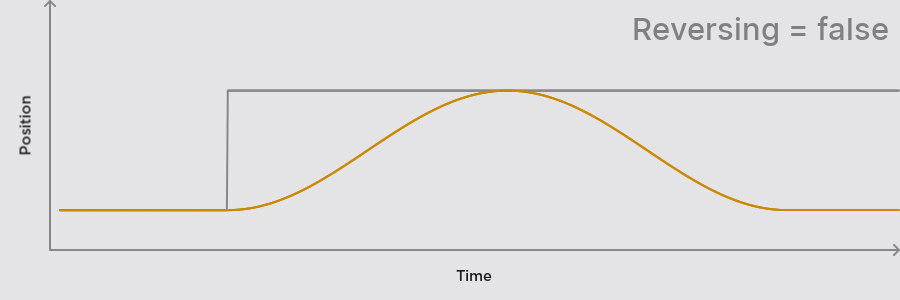
Delay¶
The sixth and final parameter of TweenInfo is delay. Increasing this delay
adds empty space before the beginning of the animation curve.
It's important to note this is not the same as a true delay. This option does not delay the input signal - it only makes the tween animation longer.
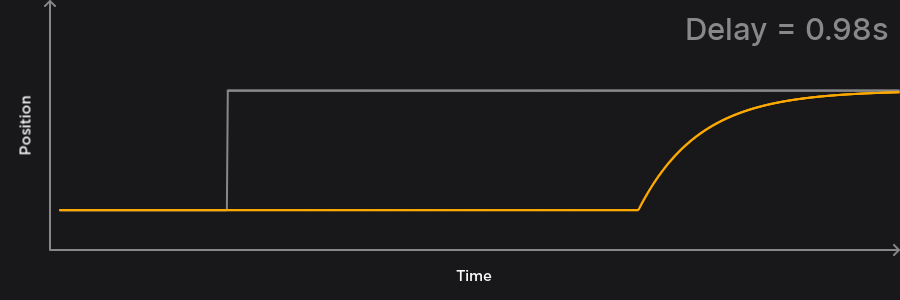
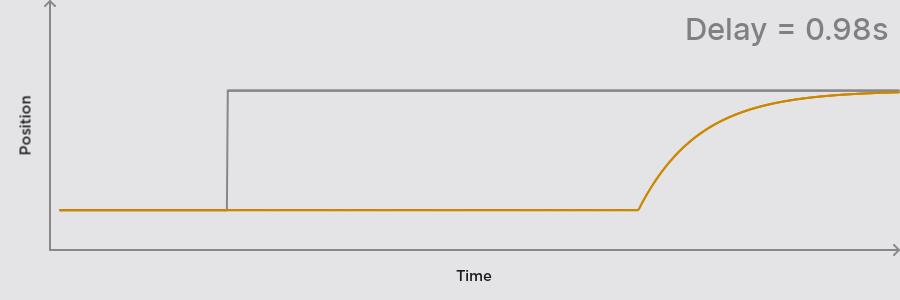
Interruption¶
Because tweens are built from pre-made, fixed animation curves, you should avoid interrupting those animation curves before they're finished.
Interrupting a tween halfway through leads to abrupt changes in velocity, which can cause your animation to feel janky:

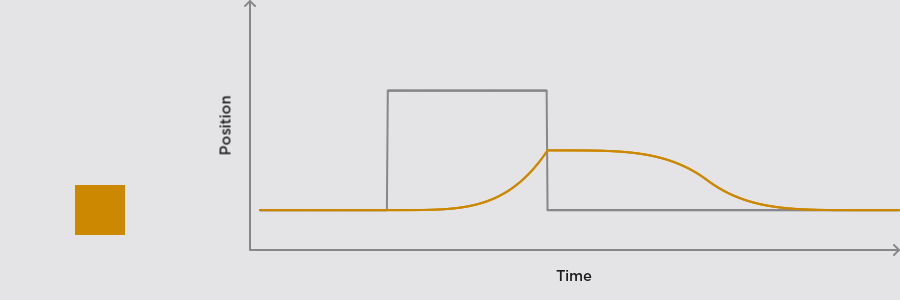
Tweens also can't track constantly changing targets very well. That's because the tween is always getting interrupted as it gets started, so it never has time to play out much of its animation.
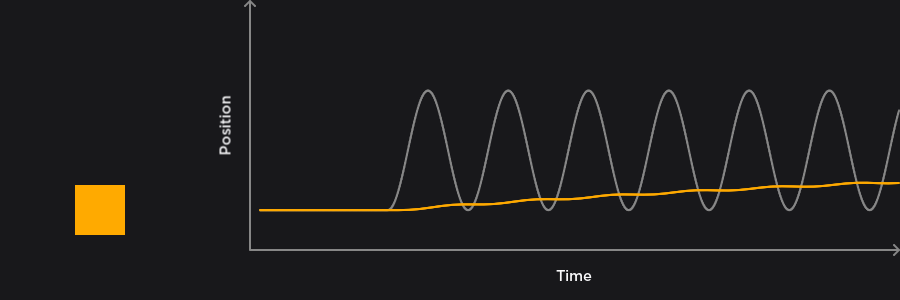
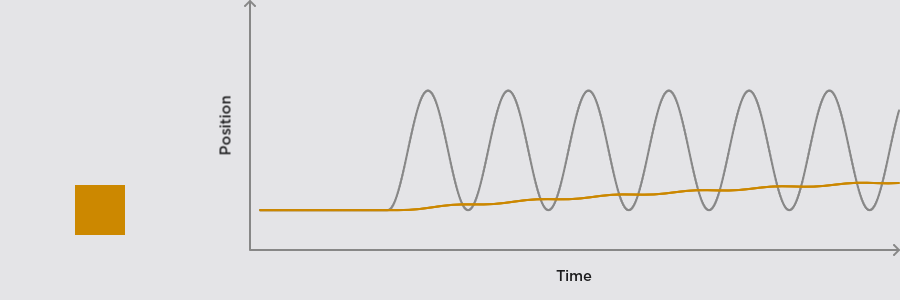
These issues arise because tweens don't 'remember' their previous velocity when they start animating towards a new goal. If you need velocity to be remembered, it's a much better idea to use springs, which can preserve their momentum.